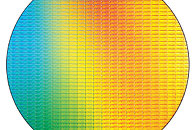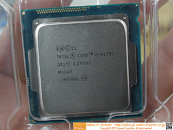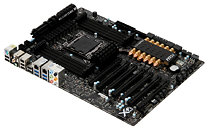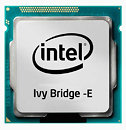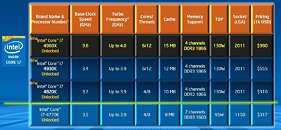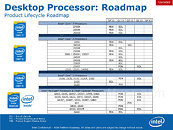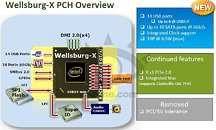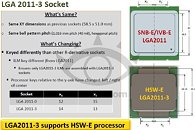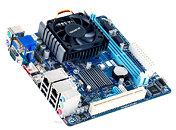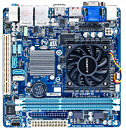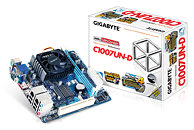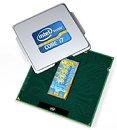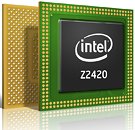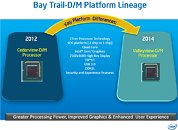
Intel Plans $5 billion Investment in Israel Plant for Expanded 10 nm Production
Israeli Economy Minister Eli Cohen today revealed that after talks with Intel, the company shared plans for a $5 billion investment in its Kiryat Gat plant, located in southern Israel. The Kiryat Gat plant currently features tools and manufacturing facilities that allow only 22 nm chips to be produced - definitely not cutting edge, but still somewhat relevant in the semiconductor market for simpler technologies. Intel's investment would bring this plant's capabilities to 10 nm manufacturing levels. The minister further stated that Intel will begin its investment this year, and was looking towards a full 2020 payoff with increased manufacturing capabilities. Naturally, with investment comes tax opportunities and government incentives, and Intel is expected to receive a 10% grant from the Israeli government to help it in this investments' funding.



